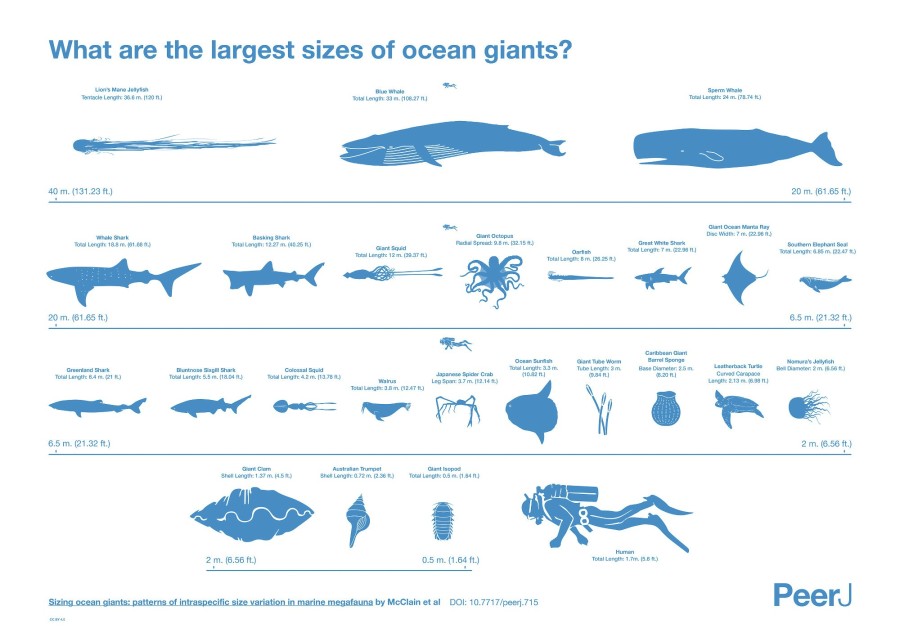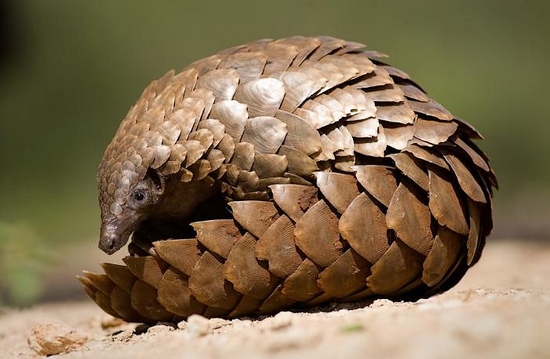Pinzón Island, located at the center of the chain of Galápagos Islands is home to many of the famous giant Galápagos tortoises. They were able to live peacefully on their small island of less than 15 square miles until the mid 18th century, when European sailors arrived and brought rats with them. The rats quickly overtook the island, and effectively destroyed the tortoise population. They ate the tortoise’s eggs and young hatchlings.
Normally this kind of attack would cause a species to go extinct suddenly. But because these tortoises have such long life spans the older individuals were able to survive and keep reproducing. The surviving generations of juveniles and adults that avoided the rats were able to keep laying eggs, but the rats just kept eating them. Preventing the species to produce a new generation. This cycle continued until the mid 1900’s, when there were about one hundred tortoises left on the island. In the 1960’s conservationists took a stand for the survival of the species and collected every tortoise egg they could find on the island and were able to hatch and raise them on another small island. Once they were large enough to avoid the rats the tortoises were returned to Pinzón Island.
This was only one part of the efforts to save these lumbering giants. In 2012 conservationists dispersed poison baits over the island to kill off every single rat. This poison was specifically designed to attract only the rats so as to not harm any other species native to the island. This unique effort proved to be highly effective and Pinzón has been completely rid of rats because of it.
Because of this hard work tortoise eggs have been spotted on the island for the first time in over one hundred years. James Gibbs, one of the first people to see the eggs and new hatchlings, stated, “I’m amazed that the tortoises gave us the opportunity to make up for our mistakes after so long,” and that, “the incredible eradication of rats on this island, done by the [Galápagos] park service and others, has created the opportunity for the tortoises to breed for the first time.” Gibbs was happy to announce that conservationists had found ten new hatchlings.
“This is the first time they’ve bred in the wild in more than a century” and that, “given projection probabilities, [he’s] sure there were a hundred times more hatchlings out there.” There are now thought to be over 500 tortoises on the island, successfully beginning to save them from the brink of extinction.





